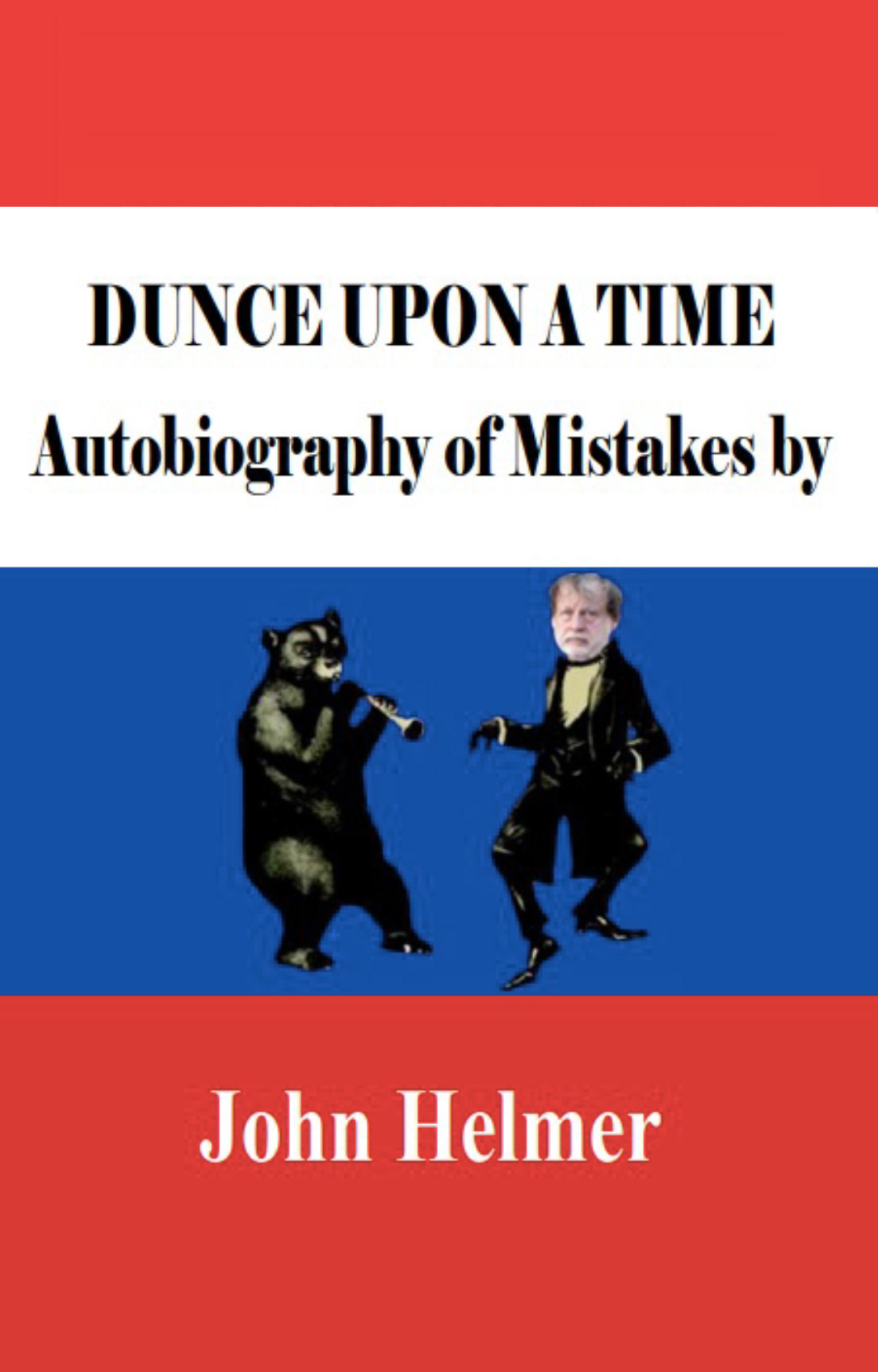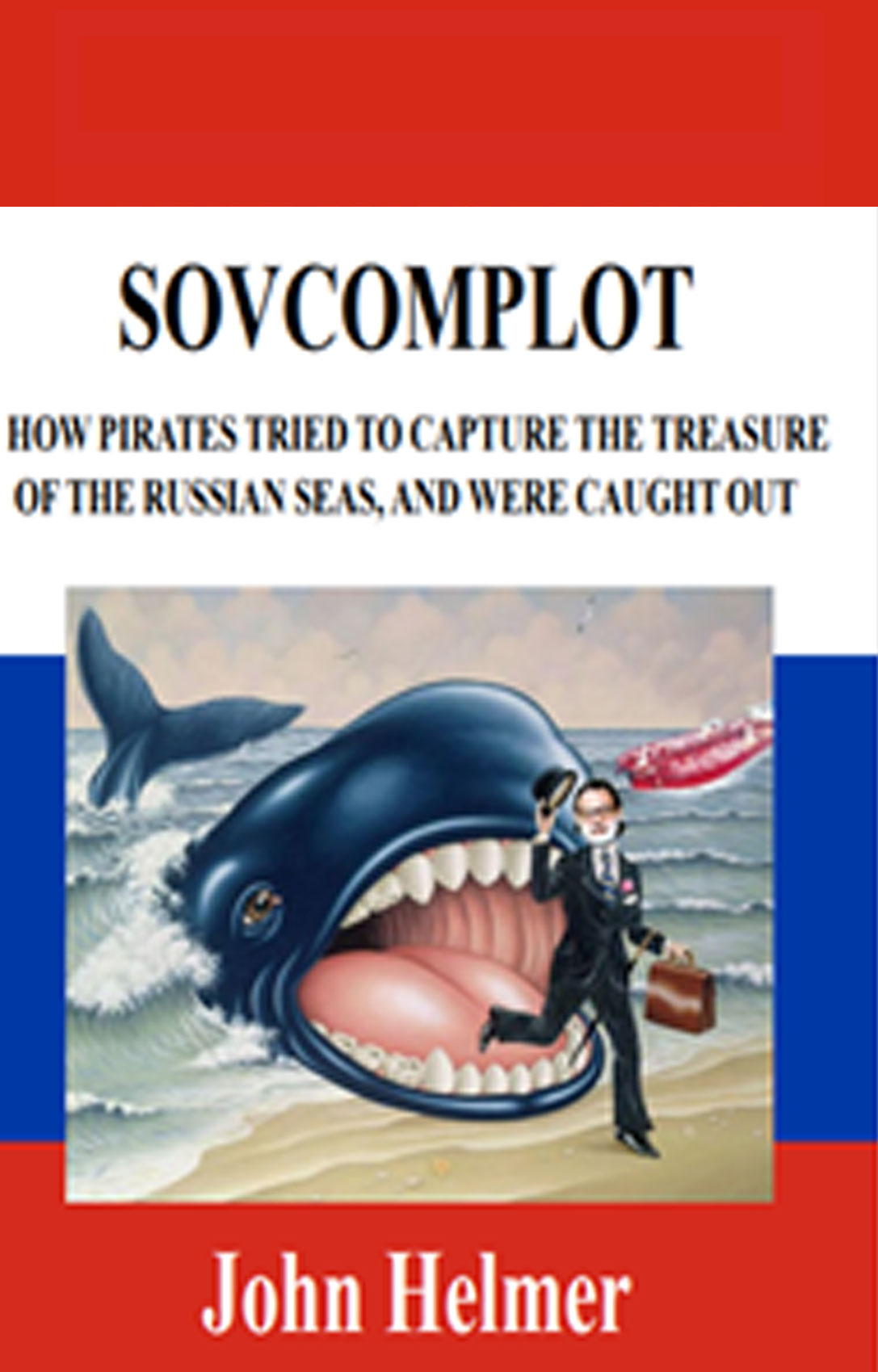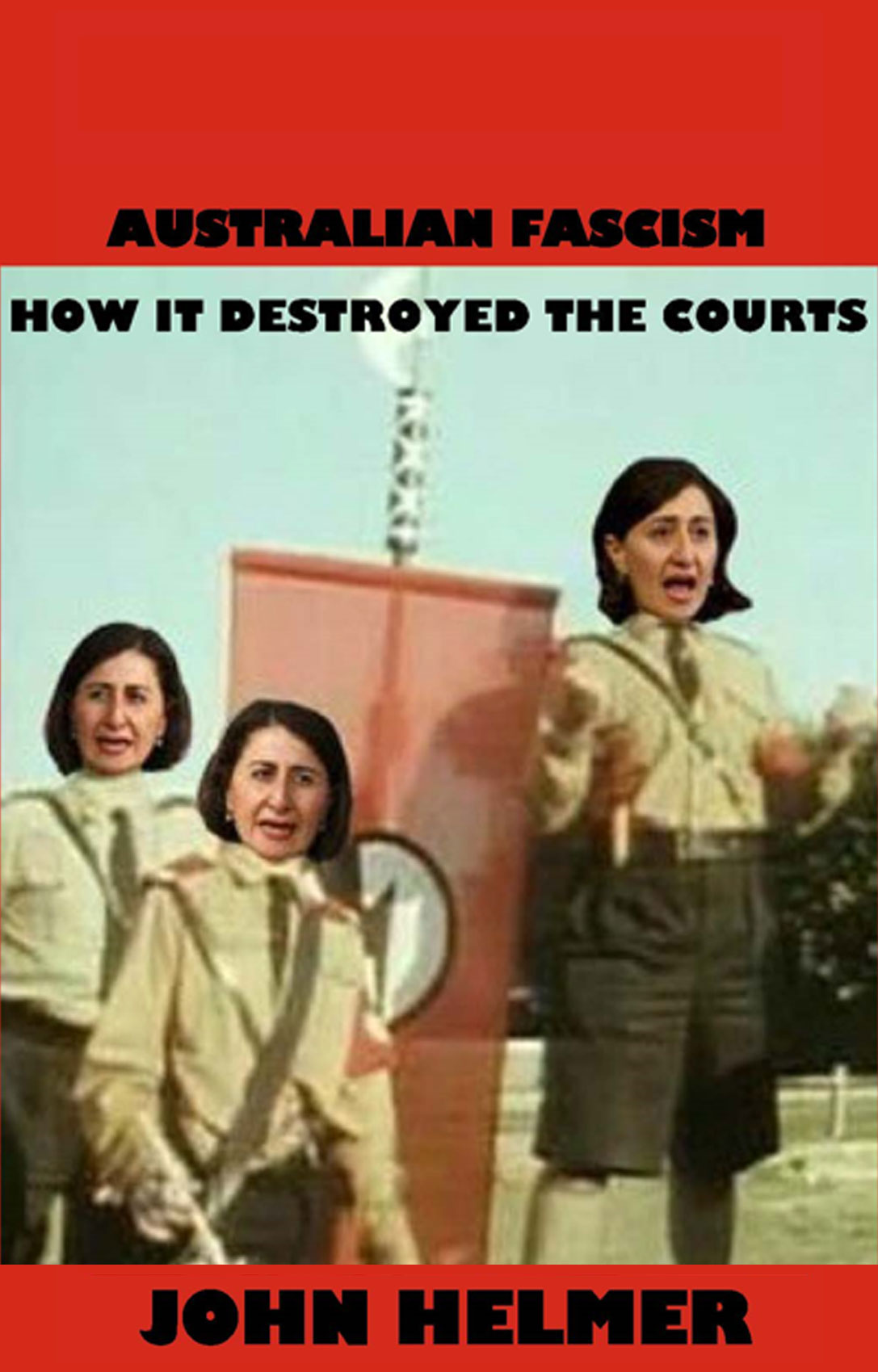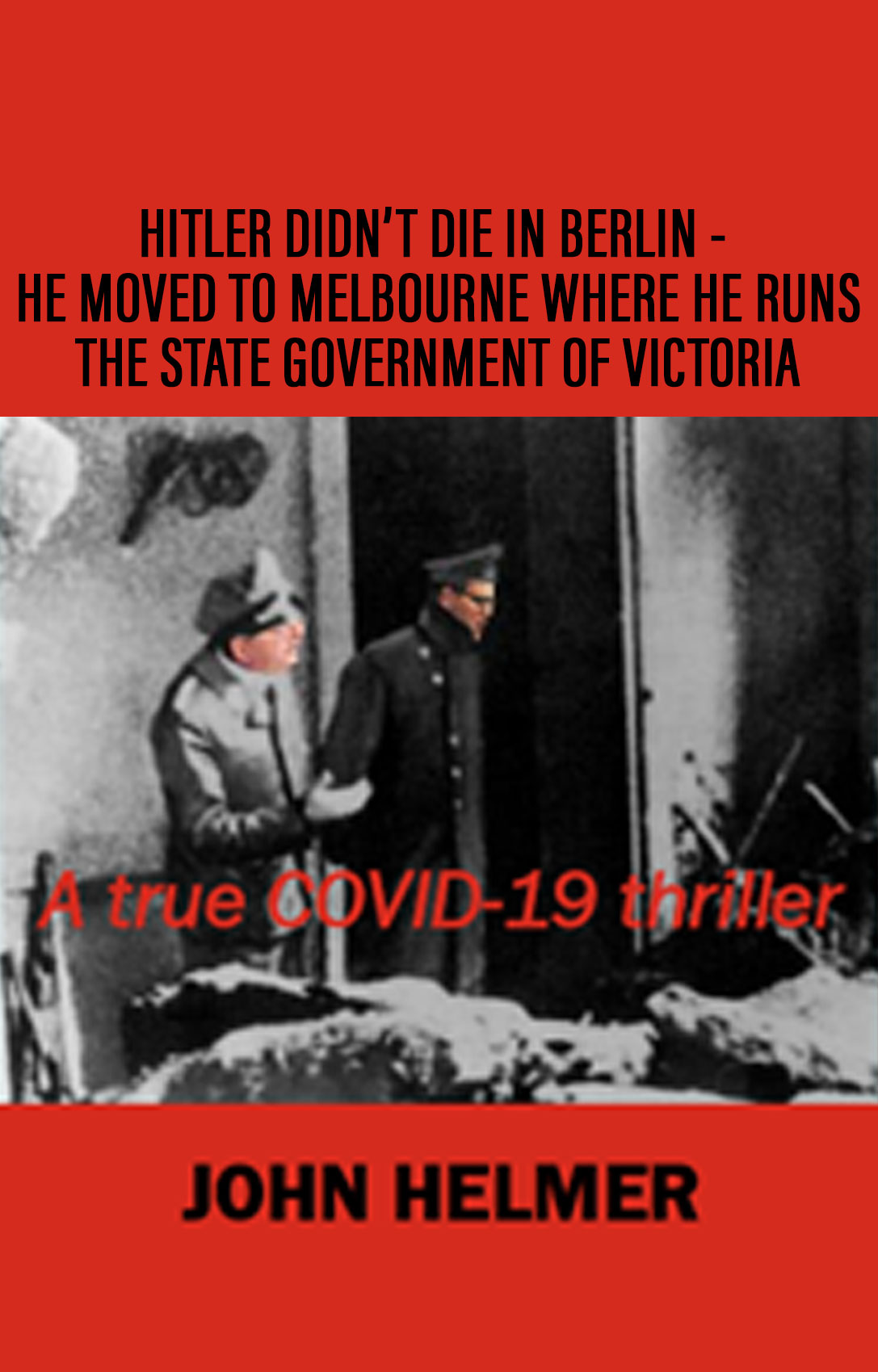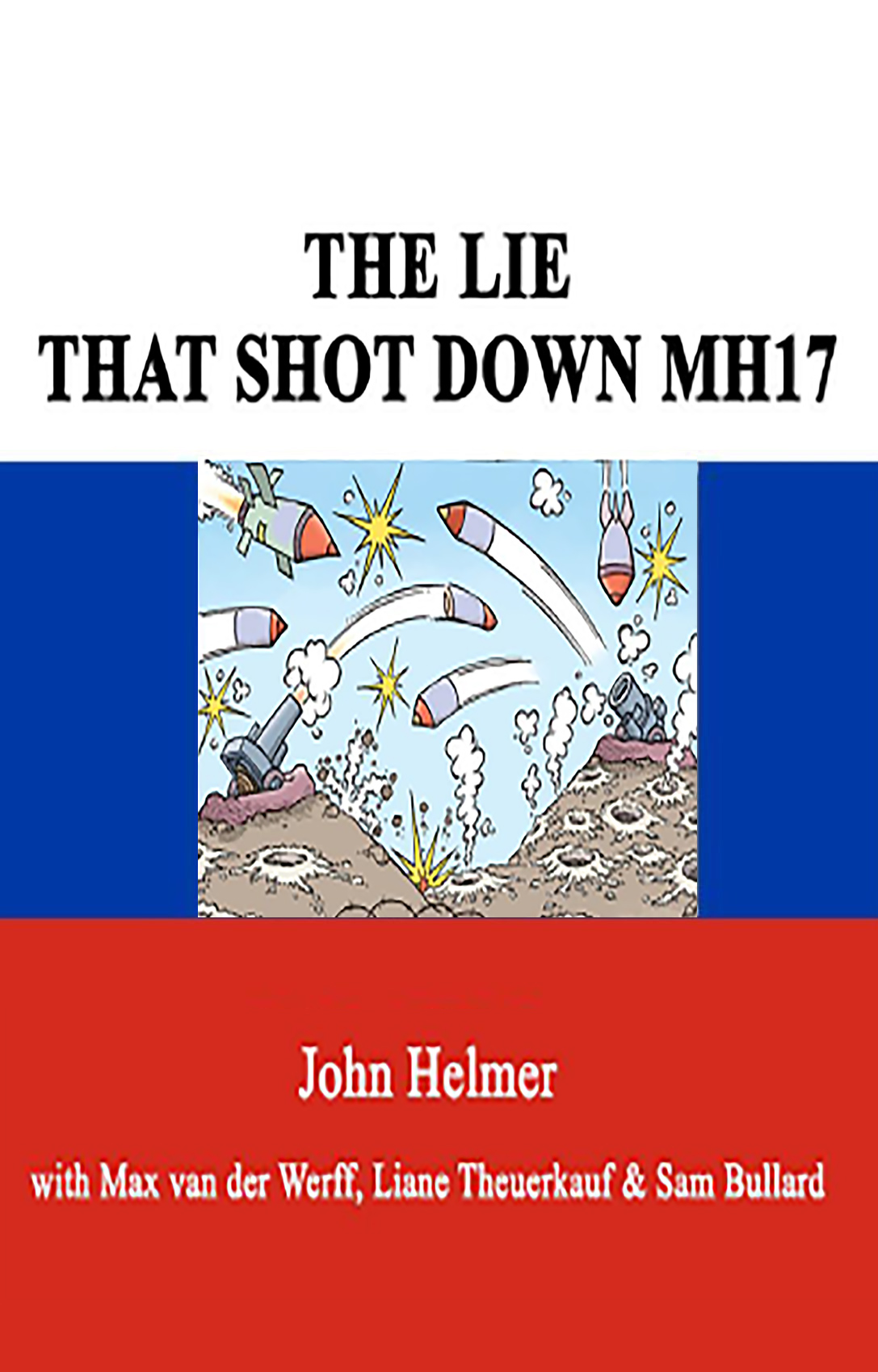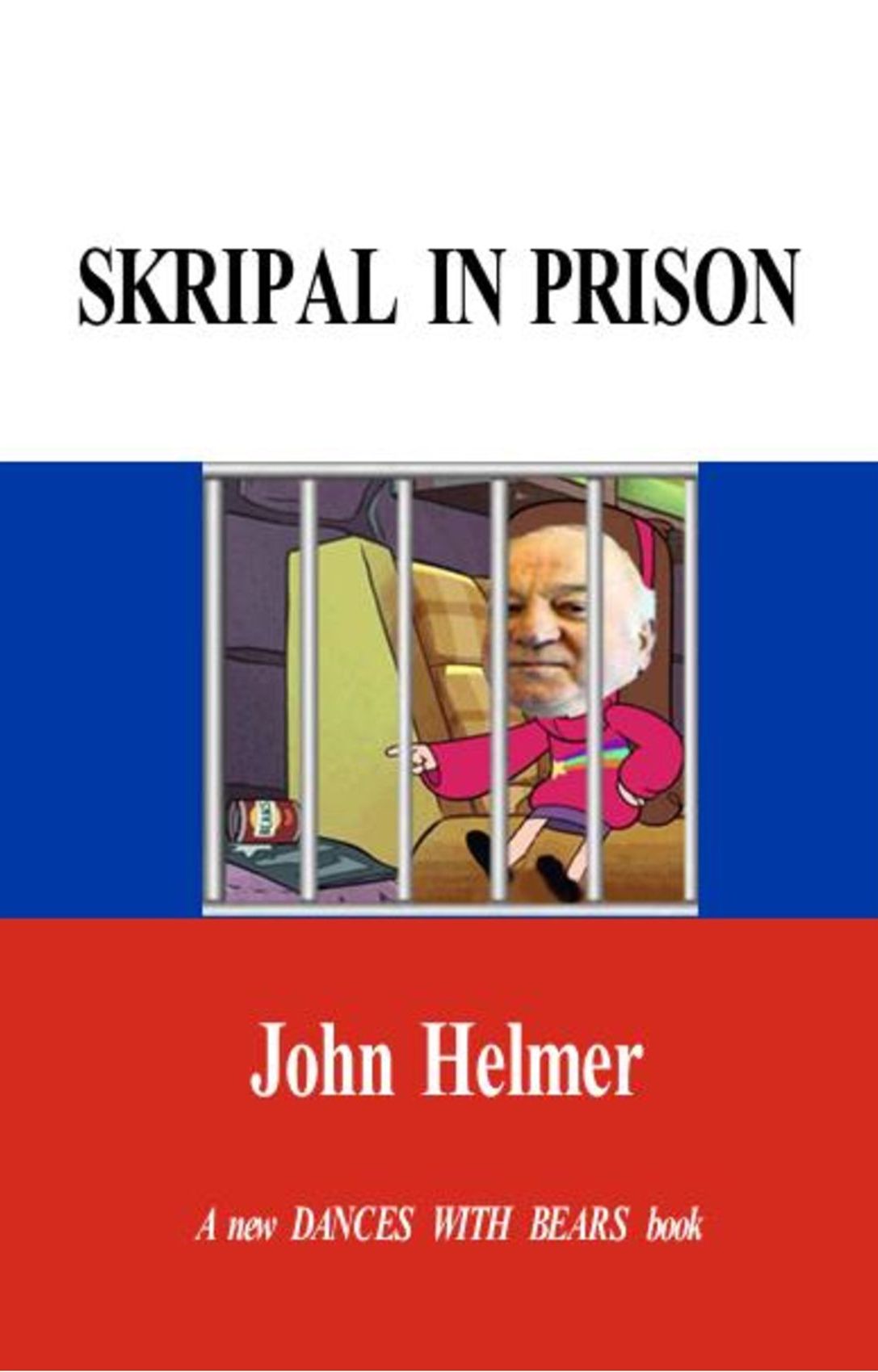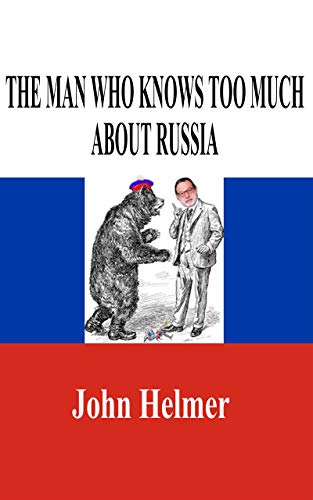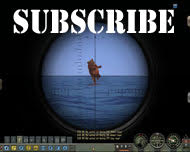
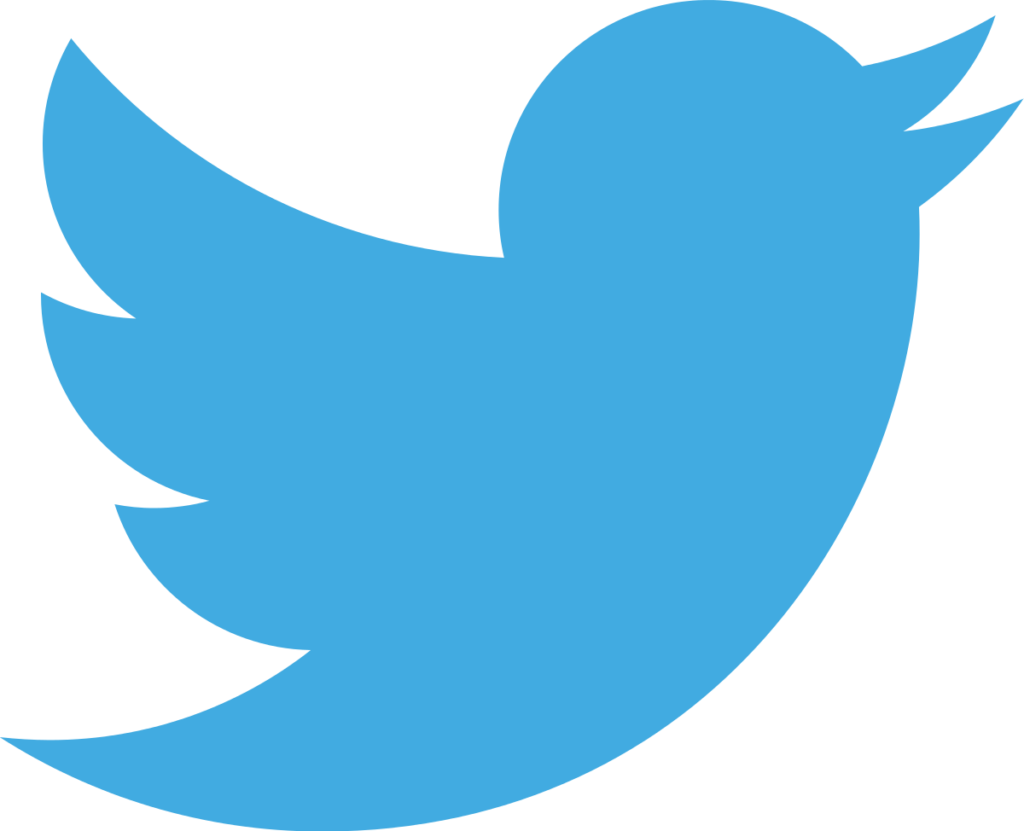
By John Helmer, Moscow
@bears_with
During his long weekend in Scotland, President Donald Trump announced that nothing but the capitulation of both his allies and his adversaries will satisfy his MAGA and MEGA aims. Make America Great Again, Make the Empire Great Again come to the same thing: capitulation to Trump’s terms or die. Trump’s term for that is “total obliteration”.
Ursula von der Leyen, the European Commission President, capitulated, and so did UK Prime Minister Keir Starmer.
Both of them are playing for time — and paying heavily in new tribute to the US: 5% of their GDP ($1.2 trillion) to expand their armies and refill the Ukrainian battlefield with US weapons; $750 billion in purchases of US oil and gas; $600 billion in European investments in US assets; $90 billion in tariff penalties to the US Treasury; and several hundred billion dollars, euros, and pounds in money losses of domestic producers against duty-free US import dumping.
Trump has also dismissed all terms for ending the Ukraine war which President Vladimir Putin has presented, together with the ceasefire concessions he has made since their first telephone call on February 12.
“I’m — I’m not — you know, I’m not so interested in talking anymore,” Trump declared at the Turnberry golf club he owns on Monday. About Putin, “he’s a — he talks. We have such nice conversations, such respectful and nice conversations, and then people die the following night in a — with a missile going into a town and hitting — I mean, recently I guess the nursing home, but they hit other things. Whatever they hit people die. So, I don’t — we’ll see what happens.”
There have been no terms from Russia, Trump has claimed. “No, I haven’t gotten — I haven’t had any response.” And so he has issued a new surrender ultimatum for Putin: “Ten days from today” – that’s August 8. “We’re going to put on tariffs and stuff, and I don’t know if it’s going to affect Russia because he wants to obviously probably keep the war going. But we’re going to put on tariffs and the various things that you put on. It may or may not affect them, but it could.”
Trump has followed with a declaration of sanctions war against India. “They have always bought a vast majority of their military equipment from Russia, and are Russia’s largest buyer of ENERGY, along with China, at a time when everyone wants Russia to STOP THE KILLING IN UKRAINE — ALL THINGS NOT GOOD! INDIA WILL THEREFORE BE PAYING A TARIFF OF 25%, PLUS A PENALTY FOR THE ABOVE, STARTING ON AUGUST FIRST. THANK YOU FOR YOUR ATTENTION TO THIS MATTER. MAGA!”
Trump followed this attack with a new pact for Pakistan, the enemy India defeated in the four-day Operation Sindoor in May. According to Trump yesterday, “we have just concluded a Deal with the Country of Pakistan, whereby Pakistan and the United States will work together on developing their massive Oil Reserves. We are in the process of choosing the Oil Company that will lead this Partnership. Who knows, maybe they’ll be selling Oil to India some day!” The concealed terms of the “deal” include the replacement of Chinese arms supplies to Pakistan with US substitutes, and the sabotage of Chinese infrastructure projects.
As for the impact on US energy prices and economy-wide inflation from his campaign to stop Russia oil flowing to the international market, Trump has said: “I don’t worry about it. We have so much oil in our country. We’ll just step it up even further. I mean, oil is down pretty low right now. We’ll step it up even further.”
This is braggadocio and vainglory. What it means is that Trump and his advisors and officials understand there is a new vulnerability for their MEGA war – that is the same combination of inflation and blood which during the Vietnam War resulted in the retreat of the US army and the defeat of the Democratic Party presidency of Lyndon Johnson. Trump is claiming he can escape oil price inflation and put the European and British militaries in the firing line with Russia. No US body bags.
Listen to Chris Cook’s latest Gorilla Radio broadcast in which the Gorilla spells out the fight-back strategy aimed at Trump’s soft underbelly.
(more…)











